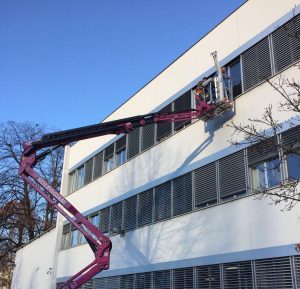As we spend more time online data center exchange and sharing of data via the internet is becoming more important to ensure that businesses are running. This digital exchange requires massive computing and networking equipment, which is housed in a central physical space called a data center.
A data center is a specialist computer room that houses the storage and computing equipment used by a company. The fundamental components of a data centre include servers that house the power of processing to transform raw data into useful data, and storage devices which hold this information on a robotic tape or hard disk drives. In addition, a data center relies on networking and communication equipment such as switches, routers and endless miles of cables that help the transfer of information between servers.
The term “data center” began to be used in the 1990s as IT operations grew, and low-cost networking equipment allowed companies to store all their networking equipment in the same space. Today, businesses have the option to build their own data centers on their own premises or work with third-party service providers that offer colocation, managed and cloud services. Third-party options are often a more energy-efficient and cost-effective alternative to facilities on premises.
Many of these third-party options also offer more flexibility with respect to the management of policies. A data center, for instance, can offer multiple policy environments in a single location. This allows IT to limit data workloads by creating distinct policies that satisfy standards for compliance across regions and businesses. This can significantly reduce security risks and enhance overall information governance.


